The latest rumors indicate that NVIDIA’s next-gen GeForce gaming GPUs will be very similar to existing Ada Lovelace offerings. According to kopite7kimi (a tipster with a spic-span record), the GB202, GB203, GB204, and GB206, will feature the same Graphics Processing Cluster (GPC) config as their predecessors. This implies that the GeForce RTX 5090, RTX 5080, and 5070 series GPUs will feature roughly similar core counts as the RTX 4090, 4080 Super, and 4070 Super, respectively.
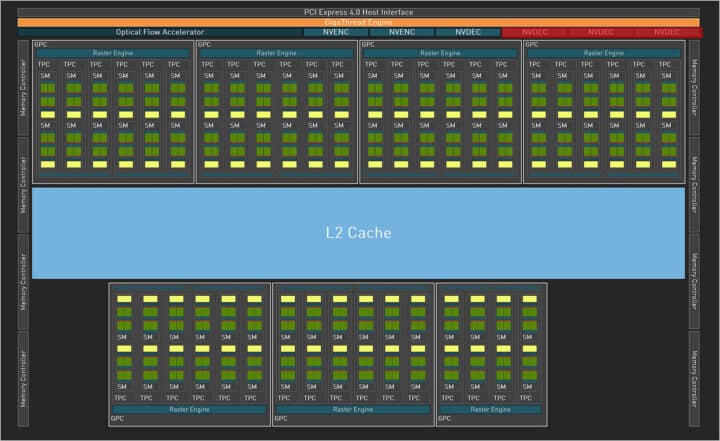
The above figure represents the AD103 GPU which powers the RTX 4080 and 4080 Super. The former features a slightly cut-down variant, while the latter uses the fully enabled die. The AD103 consists of 7 GPCs, all but one packing 12 SMs or 1536 FP32 cores (shaders). The last GPC includes 8 SMs or 1024, the other two likely fused off. The 7 GPCs add up to a shader count of 10240 FP32 cores.
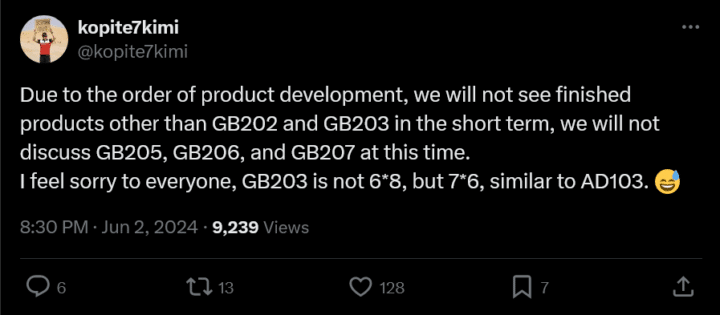
Kimi7 claims that the GB203 will feature the same GPC configuration (7 GPCs x 6 TPCs) as the AD103, although the seventh GPC will likely pack 12 SMs, resulting in an overall shader count of 10752 FP32 cores. In conclusion, the GeForce RTX 5080 can feature up to 10752 shader cores, with a few SMs likely disabled for yields.
The GB202, on the other hand, will feature a 12 GPCs x 8 TPCs configuration, amounting to 24576 cores across 192 SMs (if all ALUs are enabled). Like the RTX 4090, the RTX 5090 will likely leverage a partially disabled die, with 1-2 GPCs fused off. A single disabled GPC gives us an overall shader count of 22528 cores, while two disabled clusters net 20480 FP32 shaders.

The latest rumors from Chiphell claim that the NVIDIA GeForce RTX 5090 will feature a 448-bit bus, up from 384-bit on the RTX 4090. This implies a single disabled 32-bit memory controller on the full-fledged 512-bit bus available on the GB202 die. When paired with 28 Gbps of GDDR7 graphics memory, this would produce an external bandwidth of 1568 GB/s.
A 448-bit memory bus means 14x 32-bit memory controllers, each connected to a 2 GB memory chip. This gives us an overall 28 GB VRAM buffer, 4 GB higher than the RTX 4090 and 3090. For reference, the GeForce RTX 4090 has a peak bandwidth of 1008 GB/s, indicating a 56% uplift for the RTX 5090.
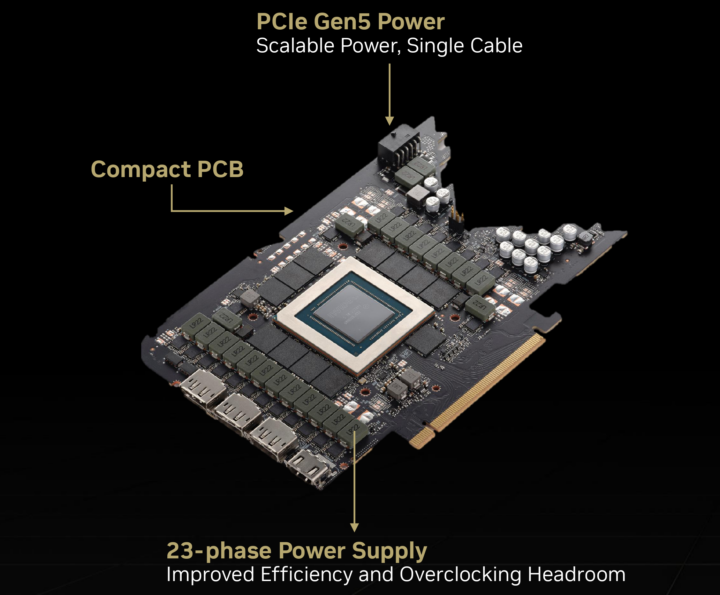
The GeForce RTX 5080 will feature the same 256-bit memory configuration as the 4080 Super, except with GDDR7 28 Gbps memory, instead of GDDR6X. This would produce a peak bandwidth of 896 GB/s, a 25% increase over the 716.8 GB/s limit of the 4080 Super.
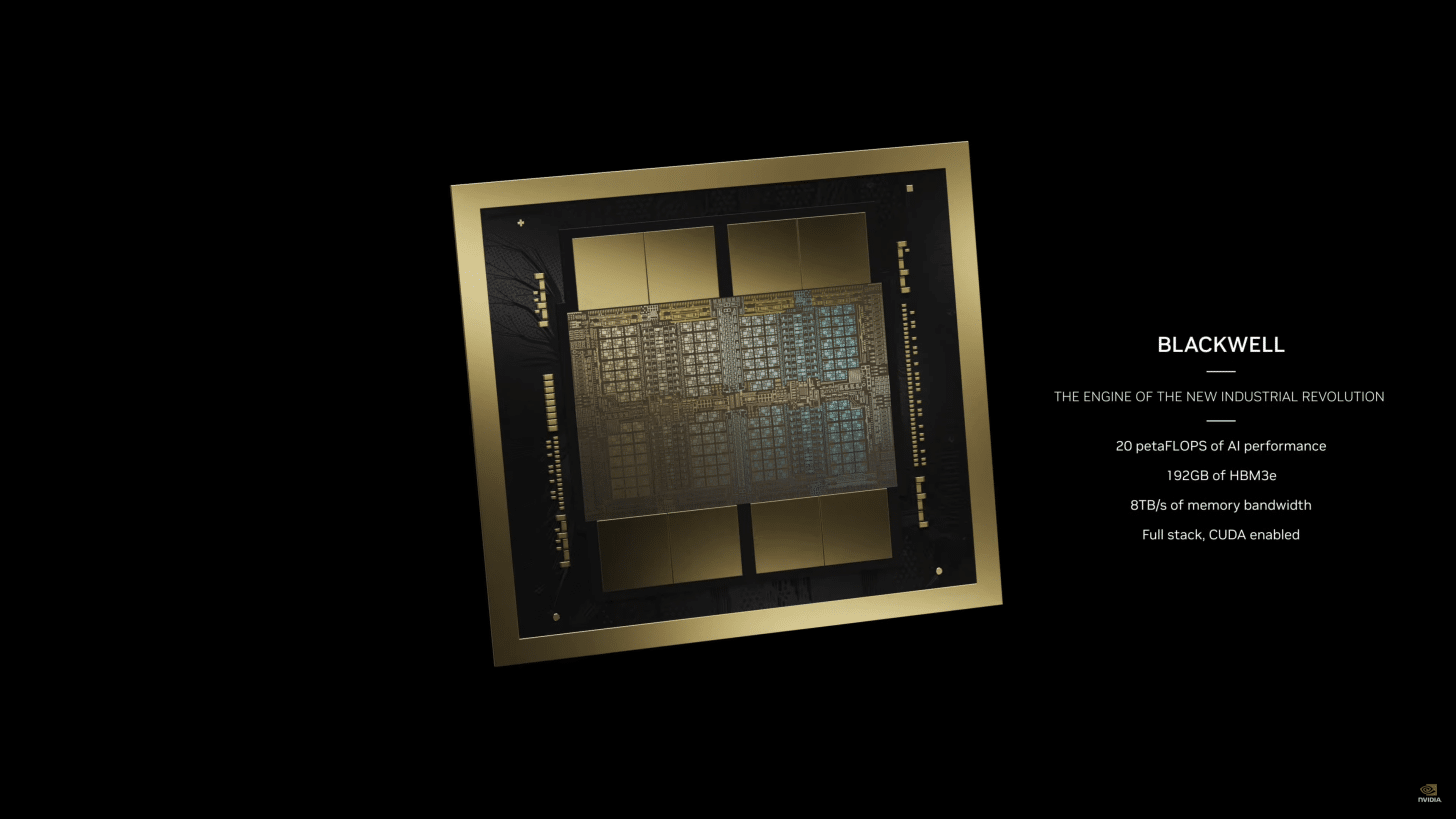
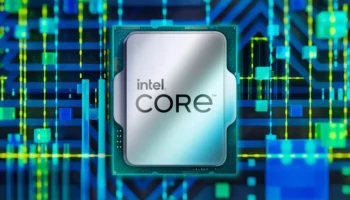 Intel i9-14900K/13900K CPUs Unstable even with Baseline Power Profile: Crashes in Games Persist
Intel i9-14900K/13900K CPUs Unstable even with Baseline Power Profile: Crashes in Games Persist AMD Ryzen 7 8840U/7840U is ~2x Faster than the Snapdragon X Elite in Gaming (At the Same Power)
AMD Ryzen 7 8840U/7840U is ~2x Faster than the Snapdragon X Elite in Gaming (At the Same Power) AMD Ryzen AI 300 “Strix Point” Uses Cut-Down CPU Cores & Similar Instruction Throughput as Zen 4
AMD Ryzen AI 300 “Strix Point” Uses Cut-Down CPU Cores & Similar Instruction Throughput as Zen 4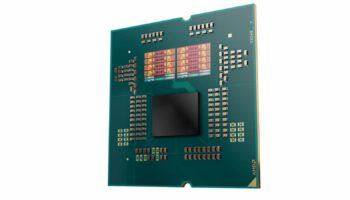 AMD Ryzen 9000 vs Intel 15th Gen/Core Ultra 300 CPUs Specs, Pricing, and Release Date
AMD Ryzen 9000 vs Intel 15th Gen/Core Ultra 300 CPUs Specs, Pricing, and Release Date